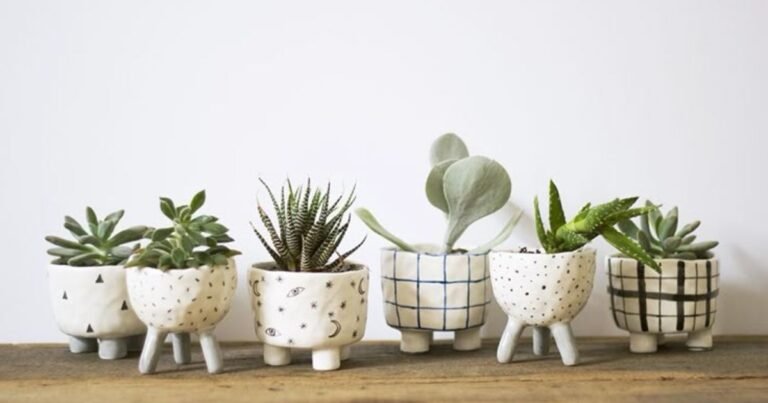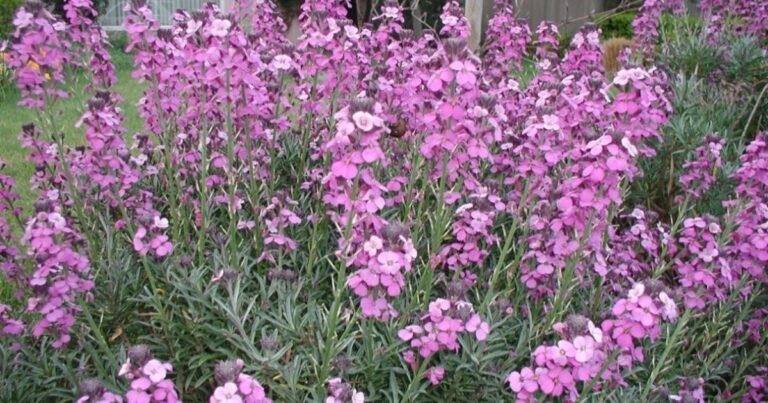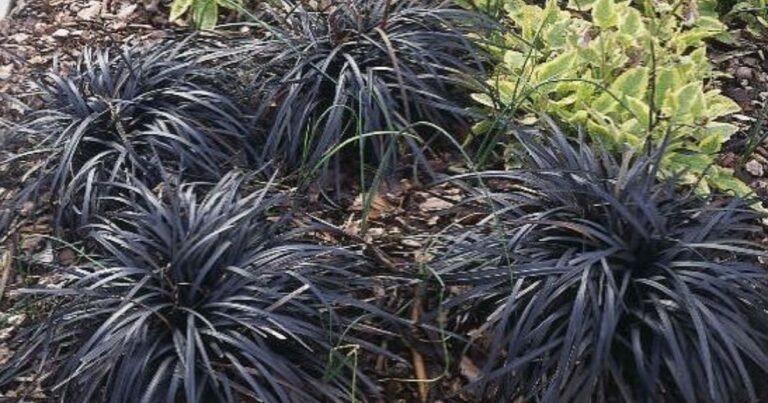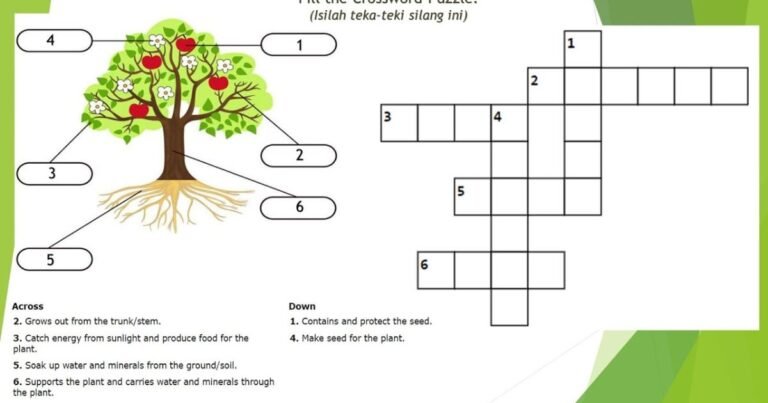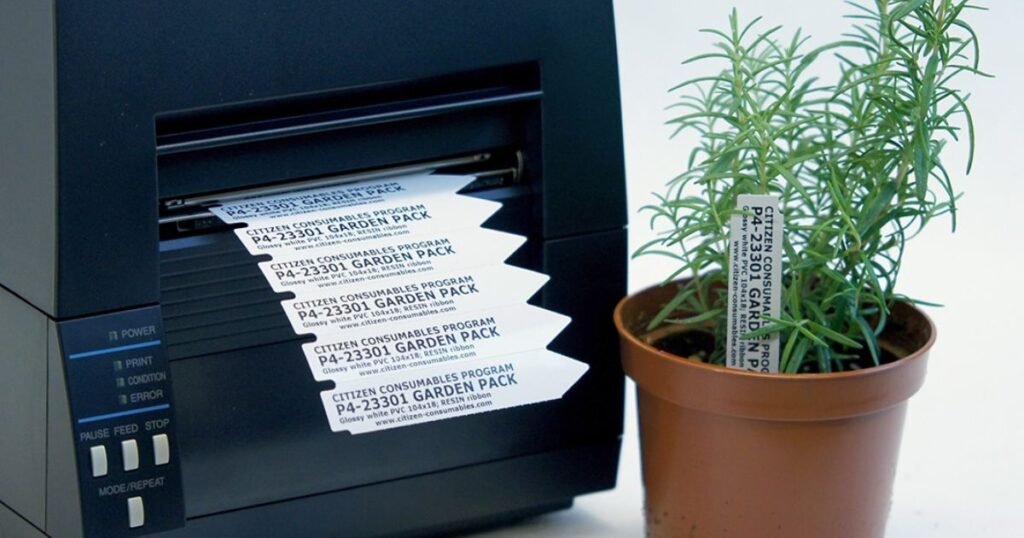
Long-lasting garden tags for better plant tracking
When your hard work in the garden is thriving, the last thing you want is to forget which plant is which because your labels have faded, snapped, or disappeared. As a gardener or even as someone trying to keep houseplants organized, plant labels are your silent assistants. But not all labels are created equal. Most peel, wash away in the rain, or get sunburnt within weeks.Let’s talk about why this keeps happening, and how you can stop it for good.
Why Do Most Plant Labels Don’t Last (and Why That’s a Problem)?
Plastic breaks. Wood rots. Ink fades. This isn’t just frustrating, it’s disruptive to your gardening workflow. Imagine trying to track your crops or care plan and losing that vital info mid-season. You can’t build a solid growing system on unreliable garden markers.This problem isn’t about aesthetics it’s about efficiency, memory, and even crop safety. Incorrect identification can lead to overwatering, nutrient imbalance, or harvesting at the wrong time.
Pick the Right Materials: What Makes a Plant Label “Durable”?
Forget the dollar-store plastic tags. For your labels to survive both rain and sun, choose one of these tried-and-tested materials:
- Aluminum tags : Rust-proof, long-lasting, and writeable with a ballpoint or stylus.
- Stainless steel: Best for harsh climates, including wind or snow.
- Hardwood: Biodegradable and sturdy when sealed with outdoor varnish.
- Slate or stone :Expensive, but permanent. Ideal for long-term labeling.
Pair any of these with waterproof labels or oil-based paint markers to avoid fading.
Use Waterproof Ink or Etching: Avoid the Faded Mess
A marker is only as good as its ink. Most pens, even “permanent” ones, can’t survive UV rays and rain.
Best options for writing:
- Industrial oil-based paint pens
- Garden-specific permanent markers
- Metal engraving tools (for aluminum or steel)
Don’t rely on regular Sharpies they fade faster than you think.
Weatherproofing Tips: How to Keep Garden Tags in Place?
Even great labels can be ruined by placement. Use these strategies to make sure your outdoor labels stay visible and in place:
- Insert tags at a 45-degree angle to resist wind
- Place them on the shady side of the plant to reduce sun damage
- Tie labels loosely to branches using garden twine or wire
- Avoid placing them in high-splash zones if you use sprinklers
Stability matters. You want plant labels that work with your environment, not against it.
Organize Your Plants by Zones and Color Code the Labels
Gardening is both an art and a system. Using color-coded garden tags helps separate your plants by:
- Watering needs
- Sunlight requirements
- Fertilizer type
- Growth stage
This is especially helpful in vegetable gardens where timing is everything. Add brief notes or symbols to the back of the tags to track sowing dates or special care instructions.
Should You DIY or Buy? Let’s Be Honest
Some gardeners swear by their DIY plant labels using popsicle sticks and craft markers. Others opt for custom plant signs from Etsy or garden centers. Here’s how to decide:
- DIY is cost-effective but time-consuming and often less durable
- Store-bought or online options are faster and sometimes more resistant to weather
- Hybrid approach: Buy blank metal tags and personalize them with etched or painted names
Looking for a reliable supplier or garden tool community? Check out One Parish, a fantastic UK-based garden and lifestyle resource trusted by home growers and enthusiasts alike.Looking for creative ways to showcase your labeled plants? Check out how to create a dreamy indoor plant room that blends beauty with function.
Mistakes to Avoid With Plant Labels
You’re not alone if your durable plant tags didn’t survive the last storm. But here’s what to stop doing:
- Don’t use regular markers they fade fast
- Don’t use soft wood it rots quickly
- Don’t place labels where kids or pets can knock them over
- Don’t forget to record your plant info elsewhere, like in a garden planner or app
Building smart labeling habits is as important as choosing the right soil.
Conclusion
Plant labels are part of your garden’s memory. Done right, they don’t just survive—they serve. They help you stay in sync with your plants’ needs, track progress, and reduce waste. Durable doesn’t mean boring; it means reliable.
Frequently Asked Questions
What is the best material for plant labels?
Aluminum or stainless steel are the most durable materials. They resist rust, sun, and water damage, making them ideal for all seasons.
How do you make waterproof plant labels?
Use metal or treated wood labels and write on them with oil-based paint markers or engraving tools. Avoid water-soluble pens or soft paper.
Can I use recycled materials for garden tags?
Yes! Old blinds, broken pots, and wine corks make excellent eco-friendly label bases if sealed properly.
How do I label indoor vs. outdoor plants differently?
Use smaller, discreet labels for indoor plants and more weather-resistant, color-coded tags for outdoor or vegetable garden plants.
